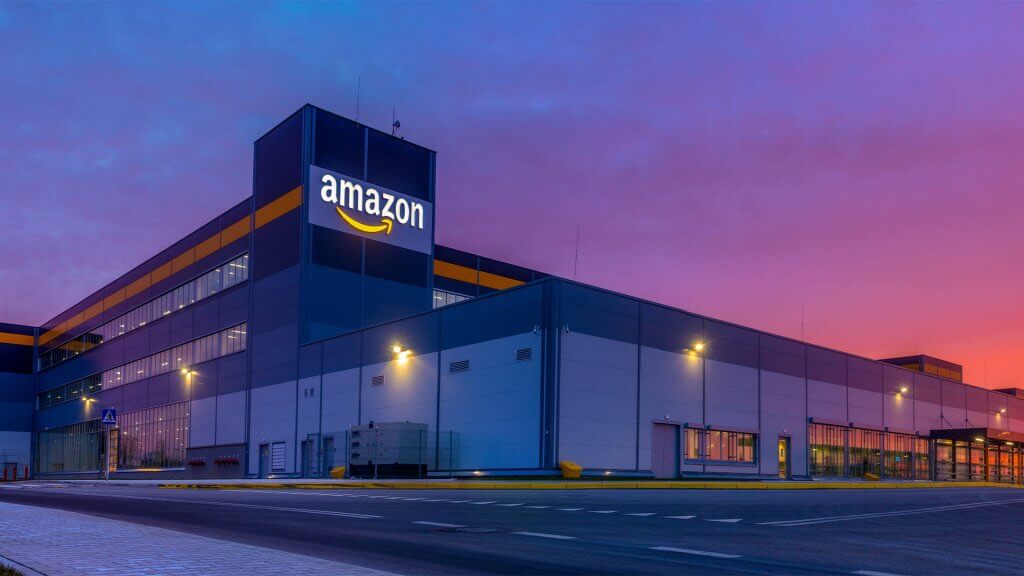
In 2012, the EU Commission passed the first version of UN ECE R-141, legislation that makes Tyre Pressure Monitoring Systems (TPMS) mandatory for all M1 category vehicles below 3.5 tonnes.
In the intervening decade, the legislation has been amended and updated, with the current requirement affecting all new trailers in the EU. From 6 July 2024, all new registrations of vehicles in the M1, M2, M3, N1, N2, N3, O3, O4 categories will be required to operate a TPM system.
A tyre pressure monitoring system is a collection of sensors, mounted onto the wheel of a vehicle, that measure the pressure and temperature inside the tyre. Both pressure and temperature are imperative for the safe operation of a vehicle. When these elements are within range, road handling and stopping distance improve and tyre blowouts, which can lead to deadly accidents, are far less likely.
“Being lawfully obligated to run a TPMS is definitely a step in the right direction for road safety, which benefits all road users,” says Justin Coetzee, GoMetro CEO, “but there are even more advantages for truck drivers and fleet operators.”
For one thing, correct pressure helps to prolong lifespan and allow for more retreads from each tyre. For large trailers with dozens of wheels, this is a great cost saving. Additionally, it improves fuel consumption, which saves money and reduces CO2 emissions, making company balance sheets and the environment smile.
Tyre pressure and temperature are considered some of the hardest but most essential factors for drivers and fleet managers to maintain. But a TPMS makes these elements much easier to manage.
“With live pressure readings from a TPMS, a driver is alerted immediately to a potential problem,” continues Coetzee. “This allows a minor issue to be rectified quickly and avoids a major issue altogether.”
TPM systems take two forms – direct and indirect. The outcome remains the same for both, but the sensors read different data. With a direct TPMS, information gathered from a pressure sensor is transmitted to a modulator via Bluetooth. An indirect TPMS measures ABS wheel speed to detect changes in tyre pressure. If the sensor reading falls outside of preset parameters, the modulator emits a warning to the driver, showing which tyre needs attention. This applies to both direct and indirect systems. And while a TPMS can alert to issues speedily, it does not replace regular tyre maintenance and manual pressure readings.
Historically, tyre pressure monitoring systems alerted only drivers to issues. This left fleet managers blind to tyre problems and trends, and the fleet as a whole vulnerable to breakdown and delayed deliveries. But the integration of a web portal, which can be accessed by fleet managers, allows for greater visibility. And real-time, accurate information allows for greater control of valuable assets.
“Mounting the sensor takes 15 minutes per wheel, a small investment when delays and damaged cargo as a result of breakdowns can permanently affect customer relations,” Coetzee concludes.




























